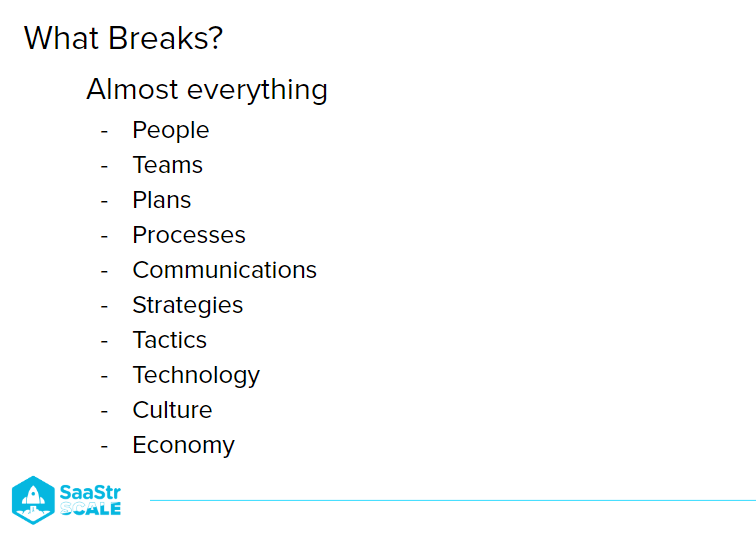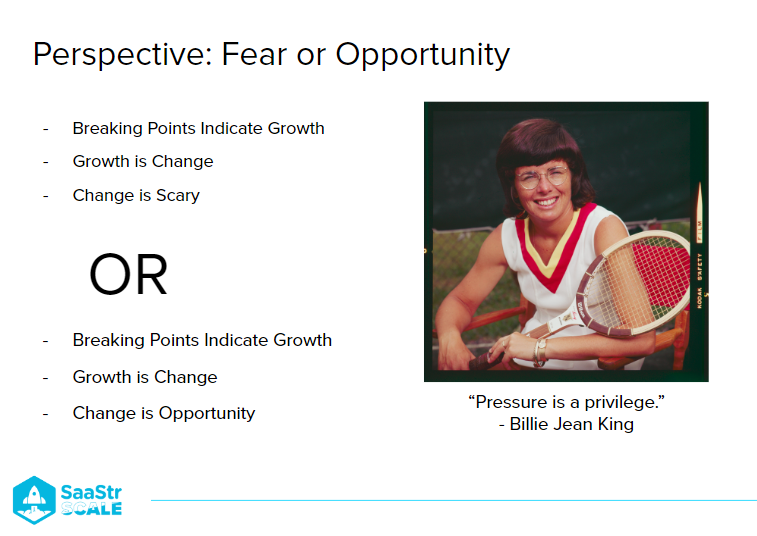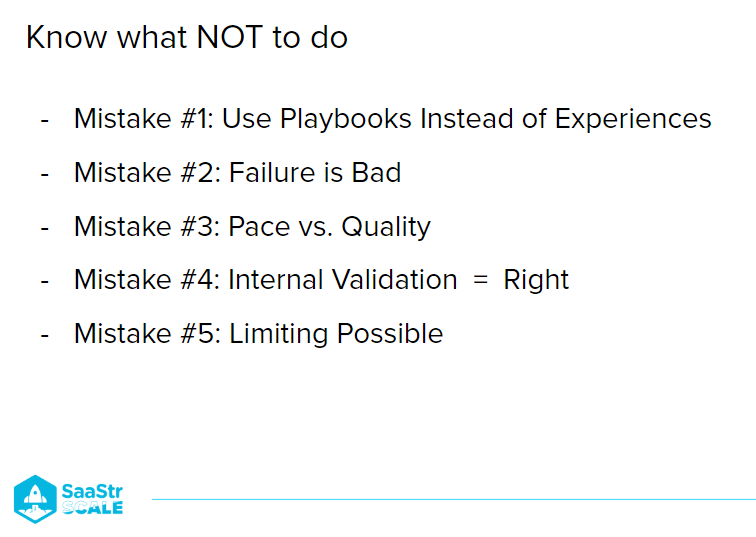If there’s one thing in business (and life) that’s guaranteed, it’s that things will break. To Wiz’s CRO, Colin Jones, breaking simply means “to cause something to stop working.” When you’re preparing for hyper-growth, the question isn’t “what will break?” but rather “what doesn’t break?”.
After scaling from $0 to $100,000,000 in two years, Jones has a fair share of experience with things breaking. We sat down with Jones to learn about his experience and his perspective shift from proactively worrying about things breaking to being prepared and reactively finding a way to make things work again.
What breaks through growth?
While you can’t always plan what will break, there are three major areas that you should be prepared to be agile with. Your people, communications, and a best-laid plan should be on your radar through hyper-growth.

People
People migrate to environments they enjoy. To thrive in those environments, they develop the skill sets needed. As they go through life and experience more, they may lose the lust they once had for a certain environment and discover a passion for something new. As companies grow and evolve, it’s common that a new environment may not serve an employee like it once did. It’s a leader’s responsibility to understand that as a company’s skill set and resource requirements change, the people who once led to achievements may not be the right people to achieve the next corporate milestone.
At Wiz, the leadership team thinks of the company as a child. In its infant stage, Wiz took on the kind of parenting role that would help an infant reach its full potential in its earliest stages of life. As the company grew through different life stages, the toddler stage and the teenager stage, the company quickly realized a different parenting approach would be necessary.
Communications
There are two specific ingredients that are required for hyper-growth:
Velocity: You have to keep moving and move fast.
Universal excellence: Your product cannot degrade as a result of pace.
To execute flawlessly in an unrealistic amount of time, you must establish communication methods and mediums that facilitate every employee’s, every team’s, and every department’s success within your fast-paced environment.
While your team is small, your communication process can be simple. Random calls are more accessible, and strict agendas may not be in existence yet. As you rapidly grow, however, this kind of communication system will break. Be prepared to make communications a priority, and always be ready to adapt your methods as your company evolves.

Best-laid plans
“Failure to prepare is preparing to fail,” Benjamin Franklin once said. That’s why one of the main responsibilities of leadership is planning. While it is important to make plans, it’s equally important to understand that your plan will break.
View planning as an exercise and daily habit. Like any other skill, the more you practice, the better you will get. Planning early, often, and consistently will always make for better outcomes and quicker solutions, even when plans break.
When a plan breaks, don’t waste time defending the now-broken plan. Understand that it broke for a reason. Take time to learn from it, then build a better one.
Changing perspective
Through Wiz’s accelerated journey, their perspective started to break, and people were beginning to fear necessary change rather than embrace it.
How you view breaking points will define your company’s culture. At Wiz, breaking points are never considered a loss. They are viewed as an opportunity to learn, improve, and grow. At one point, the team lost sight of that vision, and it was the leadership’s responsibility to reinforce it. They started to follow a very simple model:
Breaking Points indicate Growth > Growth is Change > Change is Opportunity
The pressure you feel through breaking points and change is a direct result of the opportunity you’ve created. As a team, Wiz has built success and new opportunities. Their perspective is now, “let’s not fear it, let’s embrace and enjoy it!”

Preparing for breaking points
How can a SaaS leader properly prepare to fail? Jones shares five lessons he’s learned from leading Wiz through their breaking points.
- Use playbooks instead of experiences. We all have experiences that shape thinking, but no two human experiences are the same. When it comes to creating your playbook, use your experiences to shape the plans, but never to dictate the plans.
- Failure is bad. If you see negative reactions to opportunities to learn and grow, address them immediately. Reacting with emotion is fair, but be mindful of the impact of your reaction. A negative reaction can set the wrong tone, even leading to the wrong culture.
- Pace vs. quality. Don’t let perfect get in the way of good. Set clear expectations on what is acceptable versus what is not, and use the unacceptable as opportunities to coach and grow.
- Internal validation isn’t automatically right. Lean on others and leverage your network to find fresh perspectives. Internal validation may mean you’re on the right track with an idea, but you haven’t arrived at the destination until someone else has carried you there.
- Never limit the possible. The only way to discover the limits of the possible is to go beyond them. Question everything, break the limits of the possible on purpose, and optimize the potential. Don’t let standard rules define your company. Push the boundaries to achieve success.
Key takeaways
Through growth, there are two things within your company you should never let break: your values and your mission. Define both early and define both often. Your values and mission are the common languages that will consistently tie your team together.
Beyond those two things, prepare for anything to break. Your understanding, anticipation, and agility will help you keep moving forward when something breaks. Instead of experiencing fear, be excited about the opportunity the break presents. Be curious, ask questions, dig deep, and remember, when scaling fast, breaking is a good sign.

